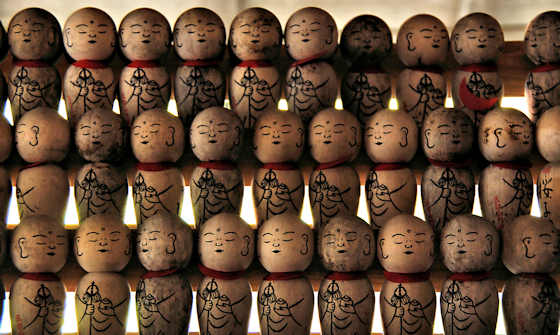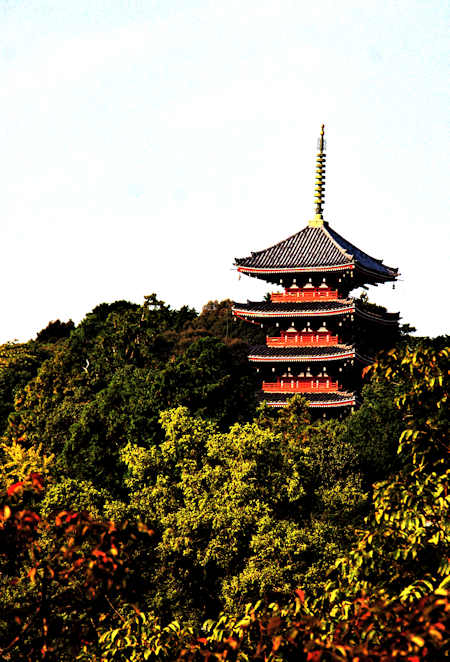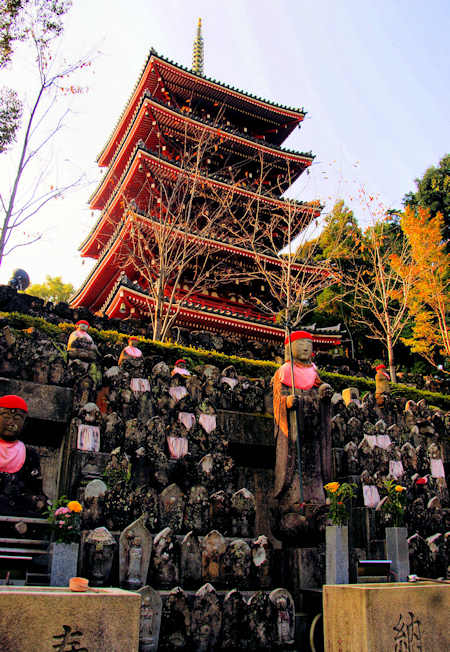Tauebayashi
It was great weather last weekend so I took advantage and went and visited the local Tauebayashi, rice planting festival. It had been a few years since last visiting, but I have always enjoyed it.
Things kicked off with the parade of musicians arriving, mostly drummers with 2 main kinds of drums, but also flute players and singers. Next up were the gaily decorated cows used traditionally to prepare the paddies. This was a new addition. Last time I came there was just a single "cow" which was a man dressed in a cow costume. As the cows were doing their stuff one of them took a huge dump, to cheers from the crowd.
Then there was a ritual offering to the Kami of the paddy and young rice plants, then to the accompaniment of the musicians the planting began......
The group of maidens was larger this time too, partly due to the addition of the local High School Girls Rugby team. The musicians were also standing in the mud as well.
With so many maidens, the planting was accomplished much faster this year. There was the usual bevy of photographers who attend these kinds of events, but there were no tourists in the crowds. and a distinct lack of commercialism. A good time was had by all






























































